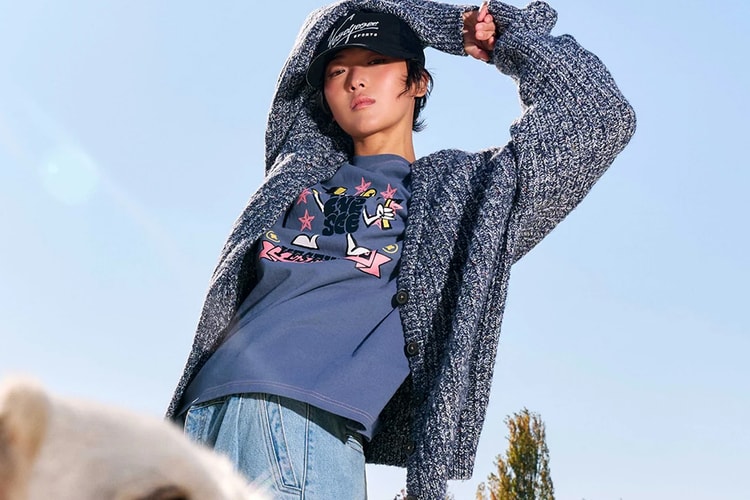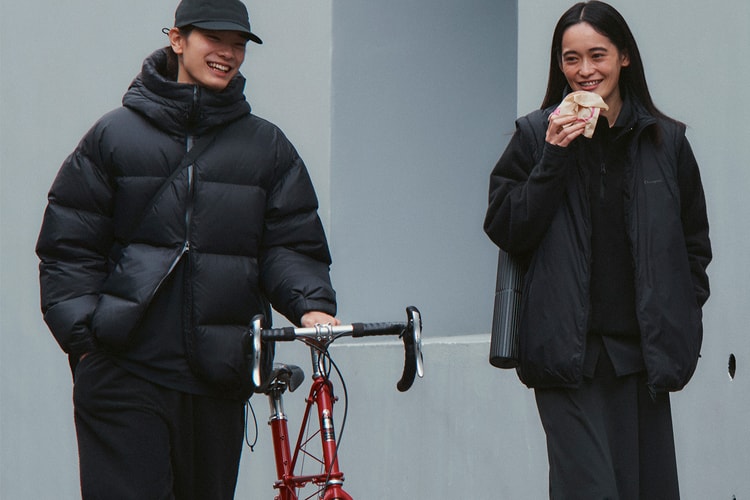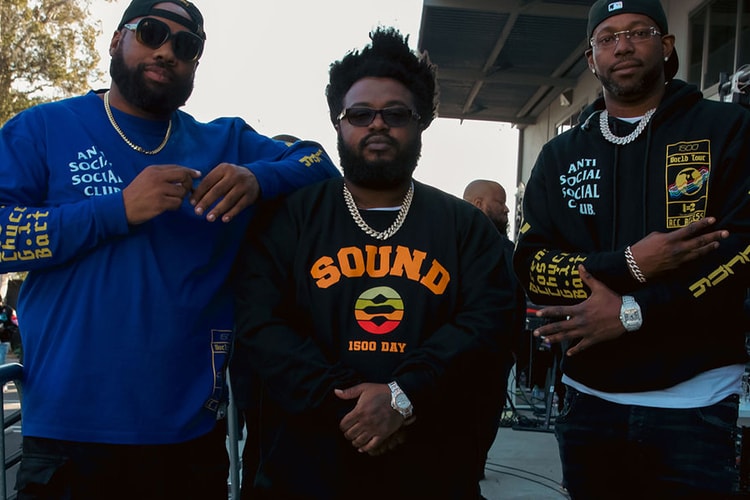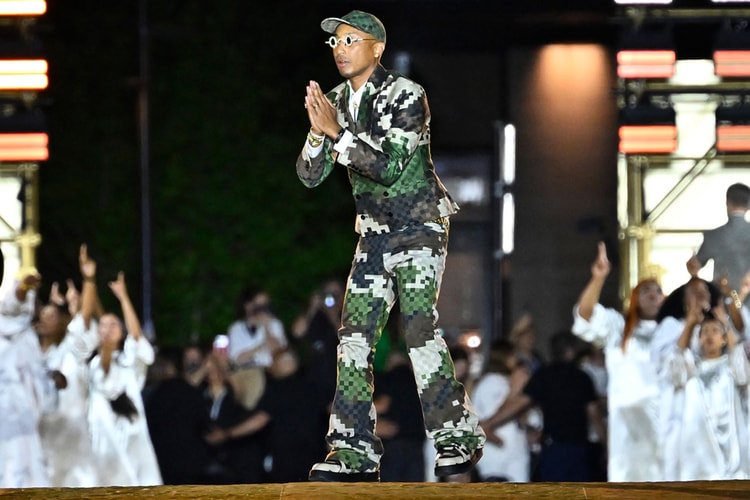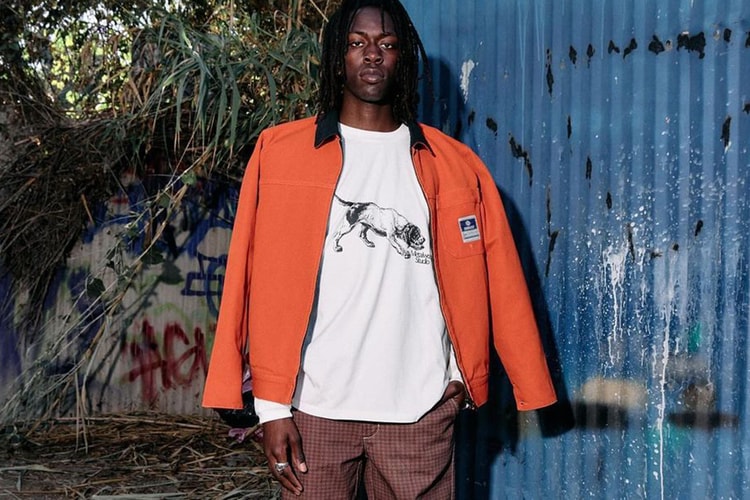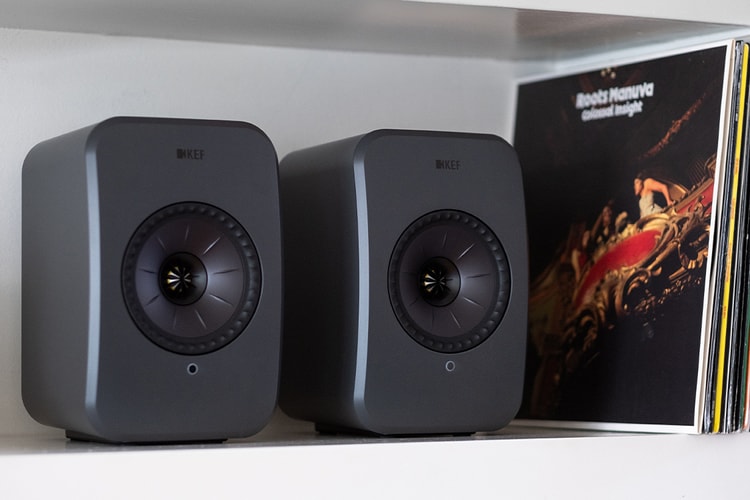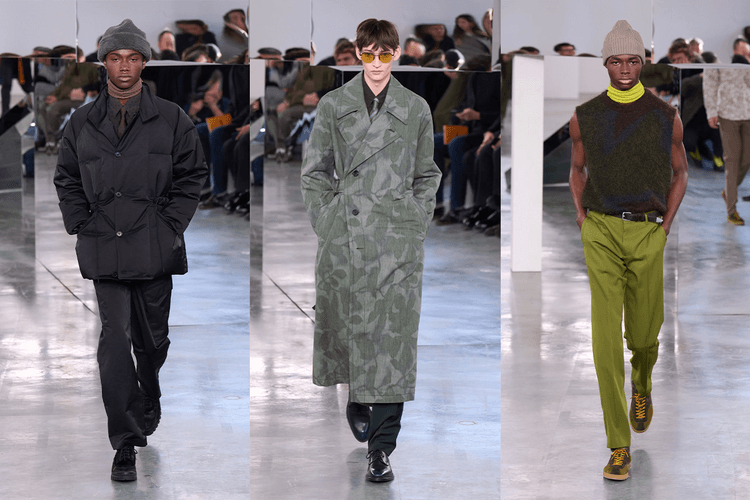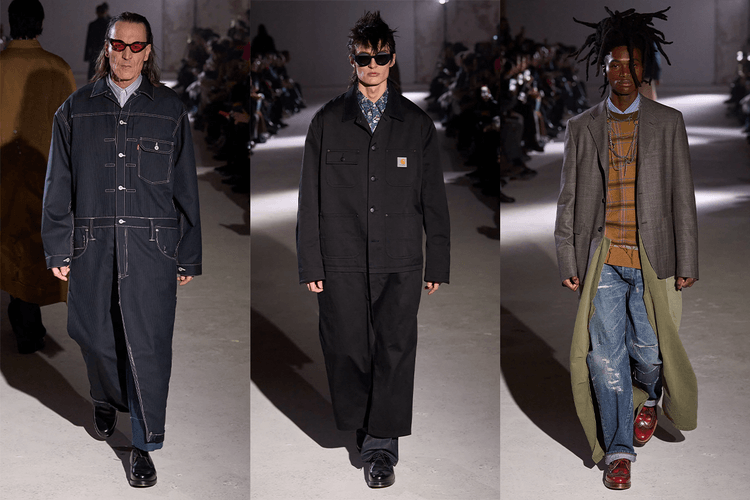Are Skorts Going Mainstream in Menswear?
The traditionally feminine silhouette has appeared all over the Fall 2024 men’s runways, and it may become a staple sooner than you think.

Skorts are walking all over the Fall 2024 men’s runways. In Florence, British designer S.S. Daley paired a thigh-length skort with a sheepish knit sweater during Pitti Uomo 105, foreshadowing what was to come for menswear in Milan last week, and now in Paris this week. Fendi’s Fall 2024 collection housed a legion of pleated skorts in thick wool and slim cotton, introducing a “new attitude to everything,” per Silvia Venturini Fendi. Country-fried versions appeared on Louis Vuitton’s Western runway in formal suiting ensembles, ranch-dwelling denim looks and classic rodeo attire. Rei Kawakubo’s Comme des Garçons Homme Plus presented the silhouette in pared-back colors, as did Setchu. Rick Owens’ iterations were avant-garde; Junya Watanabe’s take was deconstructed, and Ami’s styles were formal.
The traditionally feminine silhouette becomes inventive when placed on the male form, and it’s evidently among the most popular methods of boundary-breaking for today’s leading designers. But will the skort go mainstream among consumers?
Skirt-like garments have historically played a central role in men’s dressing. In the Old Kingdom of Egypt, men wore “shendyts,” or gauze-like textiles around their waists. In ancient Greece and Rome, men wrapped themselves in draped materials that resembled skirts, such as togas and chitons. Aztecs, too, were depicted wearing woven skirts in historical illustrations. In Asia, Japanese men wore kimonos, and Korean men donned the hanbok. The kilt, in Scotland, was first documented as a menswear silhouette in the 18th century. There are proven theories to support the cyclical nature of fashion trends, so it’s not ludicrous to say that skirts — and their hybrids — will reclaim their place in the modern man’s closet.
In the 21st century, the concept of men in skirts revolutionized the classic suit, an often sterile ensemble that English socialite Beau Brummel first coined in the 1800s. In 2004, the Met Museum opened its thought-provoking Bravehearts: Men in Skirts exhibition, alongside Andrew Bolton’s book of the same title. That same year, Brad Pitt famously forecasted that men would be “wearing skirts by next summer.” While his prediction might have been too radical for the aughts, the 2010s saw macho stars like Kanye West, Vin Diesel, Diddy and Snoop Dogg sport some variation of a skirt during public appearances, while designers, such as Yohji Yamamoto, Riccardo Tisci, Jean Paul Gaultier, Kawakubo and, most notably, Thom Browne, offered skirts a higher place in their menswear manifestos.
“I think skorts have lost their radical meaning on the runway. What used to be a statement about subverting gender norms has actually become just that: the norm.” —Alexandra Hildreth
The skort, in particular, presents an entry-level bridge to the skirt that appeals to a broader range of men interested in building more fluid wardrobes. The transitional silhouette still maintains the nature of the short’s split legs, but it possesses a genderless personality for its flowing cadence. Its present-day prominence builds on the style zeitgeist: think of the flannel shirts that the likes of A$AP Rocky and Pharrell used to tie around their waists and let dangle above their jeans. They were kilt-like, one degree removed from a true skirt — just like skorts.
The fashion crowd initially described this stylistic shift as “progressive;” but today, the design’s revolutionary appeal has dulled. “I think skorts have lost their radical meaning on the runway,” said industry analyst Alexadra Hildreth. “What used to be a statement about subverting gender norms has actually become just that: the norm, even if the IRL application of men in skorts still hasn’t permeated past the chronically online and fashionable few.”
Fashion content creator Jake Fleming, who self-admittedly wears some form of a skirt on a weekly basis, believes that the silhouette is headed for “staple” status in men’s style. “If Brad Pitt and Vin Diesel can strut their stuff across a red carpet in a skirt, then I would 100% stand by the fact that skirts and skorts are just about on their way to being popular in mainstream menswear … if they’re not already,” he affirmed.
However, the average dude likely still views the skort as a reformist silhouette; and outside of the industry, the public’s perception of the trend continues to be mixed. There’s a widespread push toward gender-defying style tropes, largely led by Gen Z, which is, statistically, the planet’s “queerest” generation. There are, of course, also cynics like moon-landing denier Candace Owens, who responded to Harry Styles’ December 2020 Vogue cover, in which he wore a handful of dresses, skirts and skorts, with her now-infamous tweet: “Bring back manly men.” (But the Internet handled that one correctly.)
Menswear designers, specifically those with a strong grip on the category’s pulse, recognize that there is a more accepting perspective among contemporary consumers yearning to build on the forward-minded uniform. Take American designer Teddy Vonranson as a case study: his archive houses several skirt-like silhouettes, and his Fall 2024 collection includes variations of the oversized Bermuda, too. “People in fashion like to question why I include skorts, skirts or kilts in my collections,” he said. “I do it because I think they are fun silhouettes that add some fluid dimension to the modern man’s wardrobe.”
“Younger generations are quicker to catch onto and embrace trends like the skort.” —Teddy Vonranson
As much as fashion designers love to be progressive on the runway, the silhouettes that end up on the shelves of boutique retailers and department stores are typically far less daring. Peter Park, a New York-based buyer at Hypebeast’s very own fashion retailer HBX, notes that “skorts are like skincare,” alluding to an initial spike in sales for premium face washes and moisturizers among male shoppers several years ago. “What once was deemed as strictly feminine is now becoming more accepted in the men’s market, and it offers certain consumers a new way to express themselves more authentically,” he added.
In Vonranson’s case, fine suiting is his bread and butter, but the designer stated that, over the last several seasons, he has seen an increased interest in his hybrid skirt pieces from buyers, which he largely credits to Gen Z’s open-mindedness. “Younger generations are quicker to catch onto and embrace trends like the skort,” he said. “I’m certain it will only continue to grow, as consumers become more accustomed to its presence in the media and on the runway.”
Office Magazine’s Critic-at-Large, Chidozie Obasi, who was seated for Fendi’s spectacle, mused on that runway’s high-octane skorts. “I’m not quite sure whether [the skort] will achieve mainstream popularity,” he said. “It’s still a very niche staple that a middle-class person would only note on a red carpet appearance.” Here, fashion economics’ trickle-down theory, which hypothesizes that trends first accepted by the upper class will gradually become adopted by those in the middle and lower economic brackets, must come into the equation.
Park forecasts that it will take considerable time for skorts to trickle down from high-fashion houses to more affordable brands, which is ultimately what it would take for skorts to truly achieve mainstream appeal in menswear. “Boutique fashion stores will continue to play in this product category,” Park confirmed, “and the market is expected to expand for these types of silhouettes, as we continue to move away from the idea of gendered clothing.” But the skort’s universal menswear takeover is still a little ways away.
So, who are Fendi, Louis Vuitton and the countless other Houses with amalgamated skirts on their Fall 2024 runways targeting for next season? Fleming, who found himself ogling over those on Egonlab’s runway in Paris from the front row, believes, “Skorts are for any man that wants to elevate his sense of style from the traditional pants and slacks. It’s for the man who is so unbelievably in touch with his manhood that wearing a skort doesn’t define him as anything less.”
Skorts are not for everyone; it would be naive to say they could be. The traditions of menswear will always hold steadfast, but the skort’s ubiquitous presence on international runways does promise a liberal future for menswear.
In 2024, the skort is for the confident, clairvoyant man who envisions a stylistic future that goes against the labeled grain and champions genderless codes. He also has enough extra spending money to afford those on the biggest runways. And on that logic, wearing one is, perhaps, among the manliest things a guy can do.




















